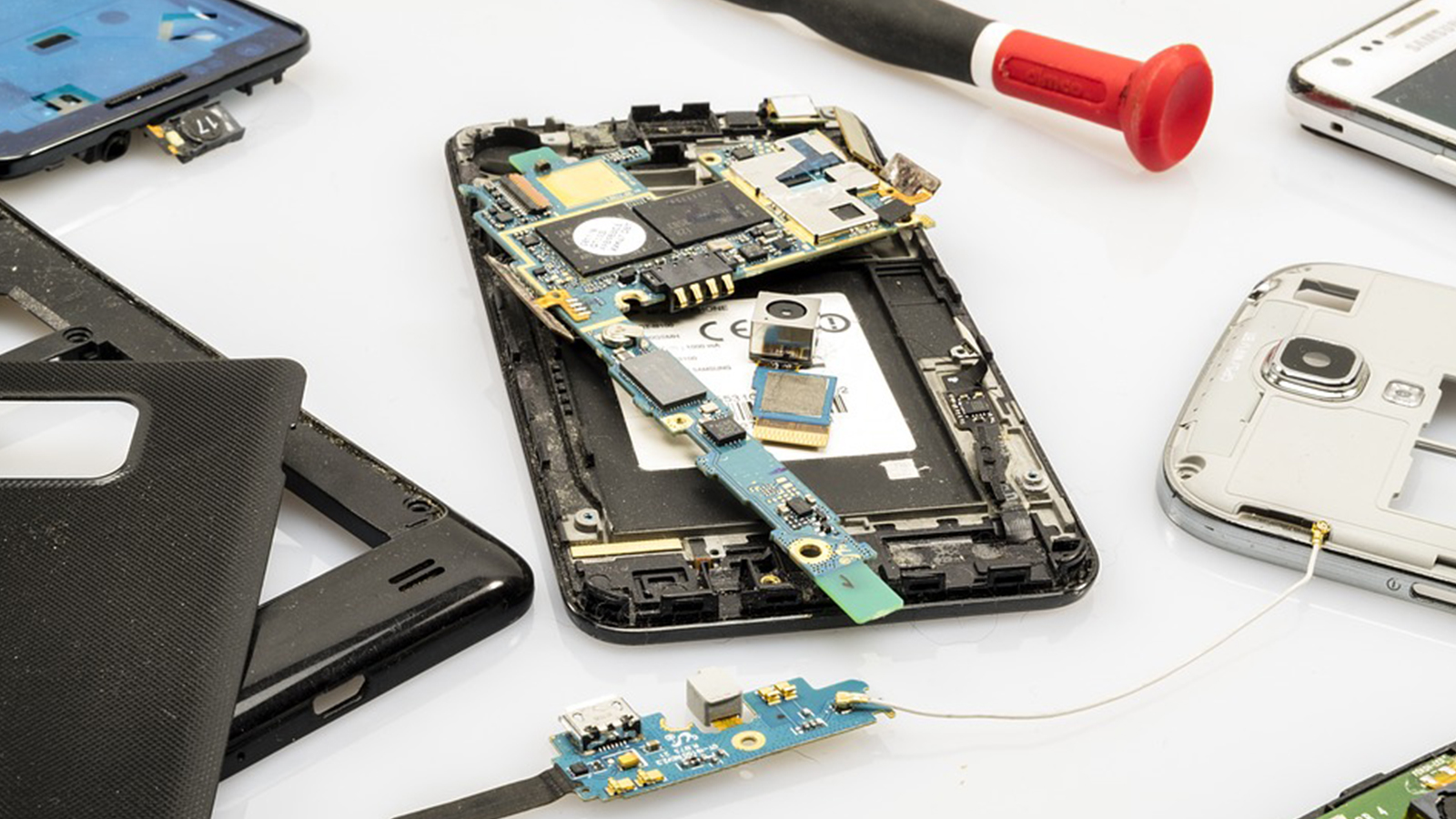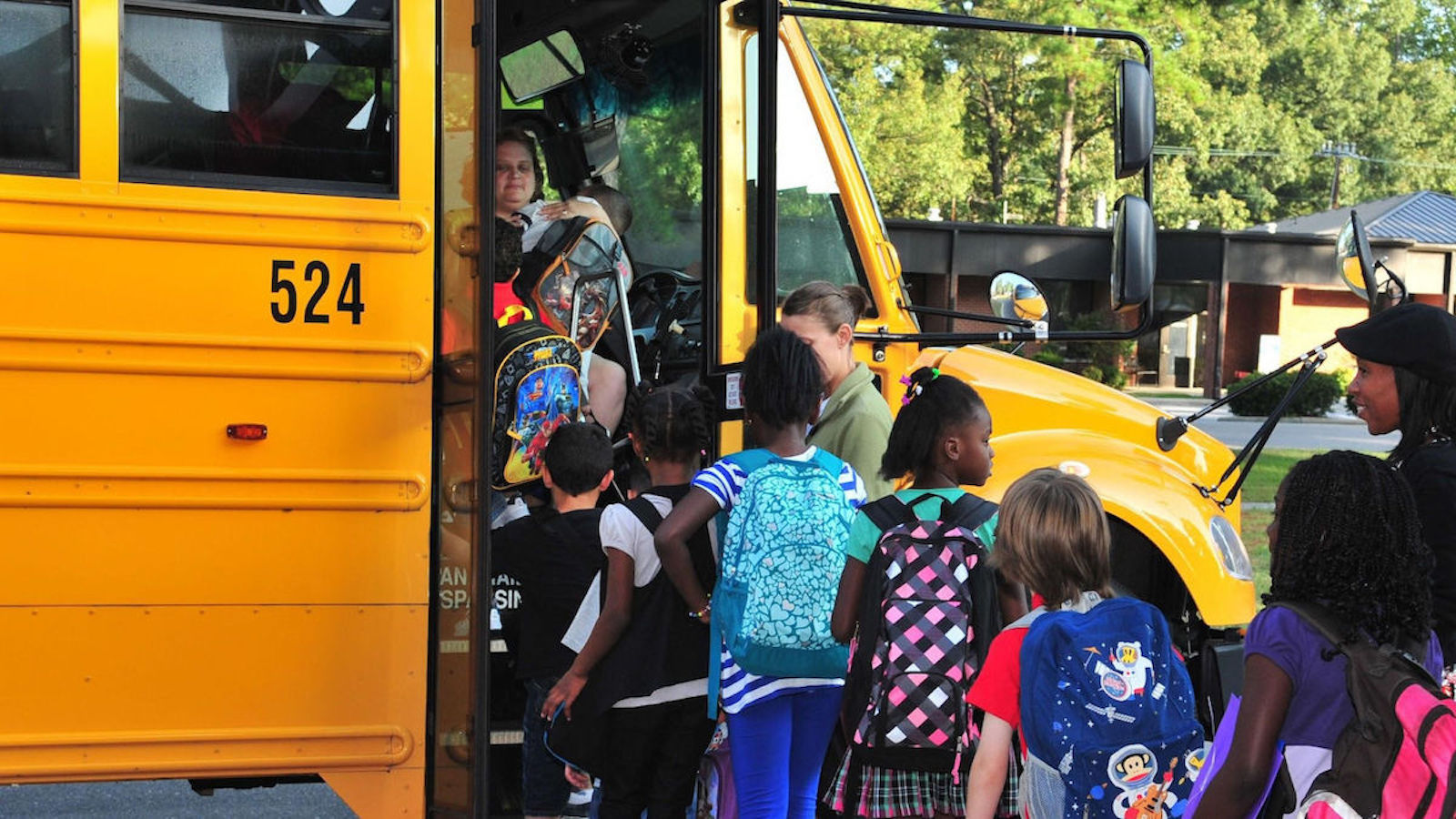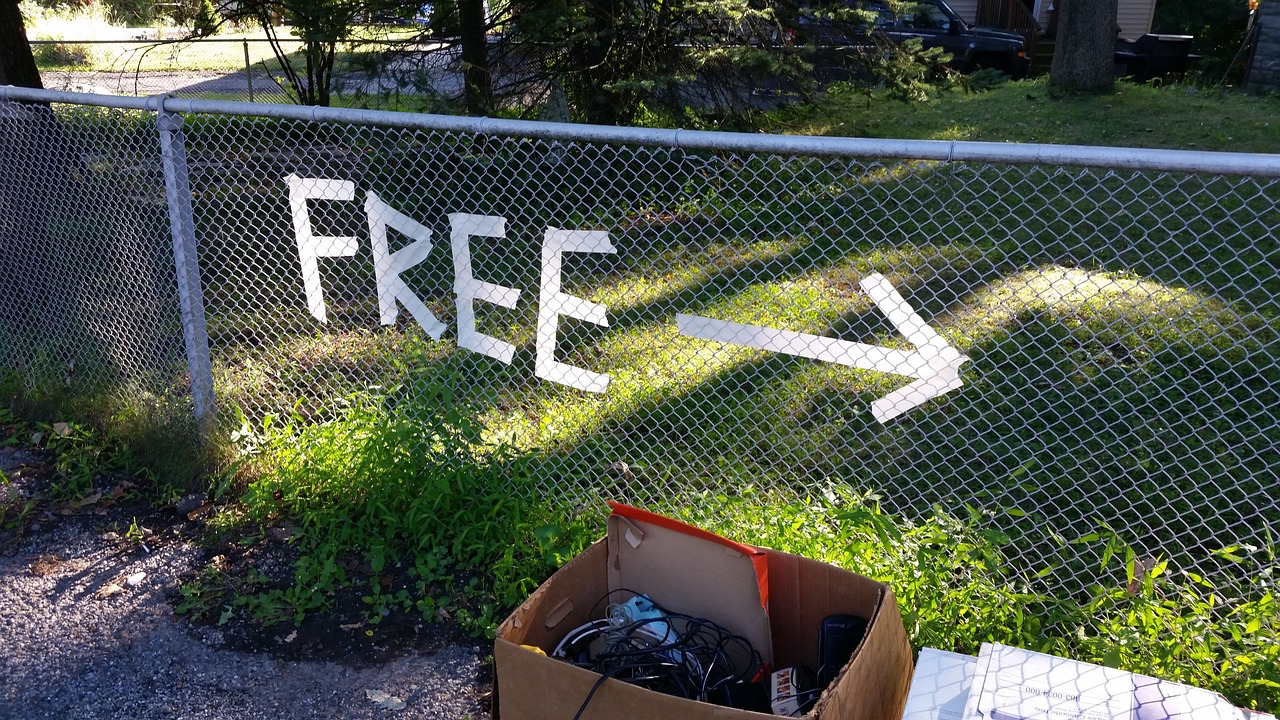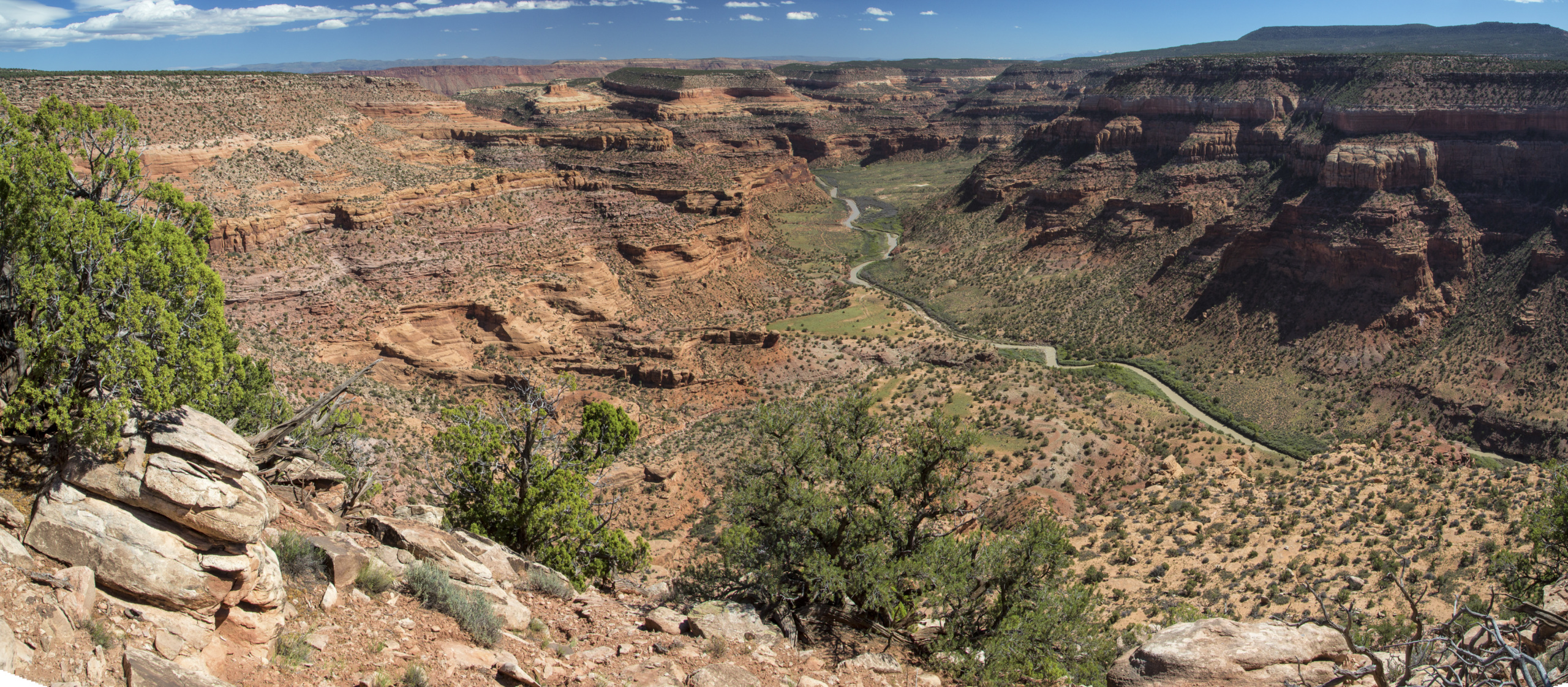
Electronics, waste, and repair in Alaska
A woman I spoke with in a more remote spot of the Kenai Peninsula waited months for her broken washing machine to be replaced. A frustrating moment for her, but scratch the surface and you have a far reaching environmental and consumer problem we’re working to solve in Alaska: the right to repair.

One of our top priorities in Alaska is making it so we can fix our own stuff- from cell phones to tractors and blenders. Manufacturers often limit our ability to repair our electronics. This has environmental and financial repercussions everywhere, and the issue is even more stark here.
Environmental Impacts of Limiting Repair
Electronic waste, or e-waste, is the fastest growing waste stream in the world. While that is distressing, it’s not surprising, because when you own something (especially something electronic) and it breaks, there are only two primary courses of action. One is to repair it- either yourself or by taking it to someone. The other is to get rid of it- whether that be right away or after a few years of storage in your garage or junk drawer. We wish recycling was more prevalent, but less than 20% of E-waste is collected for formal recycling because it’s almost impossible to separate out the non-recyclable components and can be dangerous. E-waste accounts for a whopping 70% of the toxicity of the waste stream. So, when we throw electronics away, folks processing them are exposed to lead, mercury, arsenic and other chemicals risking cancer, miscarriages, and neurological damage. Continued use is safer, making access to repair essential.
Occasionally when we throw something out, we decide we’re done with whatever that thing was. Maybe it’s not worth buying it again, either because the thing is a VHS or DVD player and almost obsolete, or because we’re feeling inclined towards a less tech heavy method. Honestly, we all should probably decide that a little more often. However, most of the time when our electronics break, we’re going to replace them. The average person in the U.S buys a new phone every 2-3 years, a new computer every 4-5 years, new appliances every 10-15 years. Some farmers buy new tractors and combines every single year because they can’t afford for their equipment to break (and not have an easy fix) at key points in the growing season. While some of that is people seeking the newest fancy features, a lot of folks would be thrilled to use their electronics for a few more years if they could easily fix minor problems from wear and tear. Unfortunately, they often can’t because manufacturers withhold the necessary spare parts or tools. Buying those new electronics is even more detrimental to our environment than throwing old ones in the landfill. So, where do our new electronics come from and why are they so bad for the environment?
The first step is mining the minerals necessary to produce our electronics. Some of that mining is of rare earth minerals like lithium and cerium, which mostly happens in other countries. There is a cerium (used for the gloss on iPhone screens) mine in Inner Mongolia. They have a one to one ratio of rare earth mineral production and radioactive waste, so when they extract one ton of cerium, they also end up with one ton of radioactive waste along with 2600 cubic feet of acidic wastewater.
Other mining is for more well known minerals like gold and copper. There are efforts to destroy beautiful and essential ecosystems right here in Alaska for more of those metals- think the Pebble Mine in the Bristol Bay region or the Ambler mining district. Most mining operations end up polluting nearby water, contaminating soil, emitting greenhouse gases, and destroying vulnerable ecosystems.
After extraction comes production. Over 275 million laptops are made globally each year. Making those laptops produces about the amount of CO2 as 15 million cars driving on the road for a year.
Finally, new often means that a product has to be transported great distances- both to the places we buy our stuff, and then to our homes. The John Deere website shows only ONE John Deere dealer in all of the interior and only one in Soldotna. Every good not made in Alaska either goes by sea, air, or crosses an international border. Every additional mile means more air pollution and greenhouse gases.
Financial Impacts of Limiting Repair
New is gnarly for the environment, but it’s hard on us as consumers as well. There is a mark up on everything in Anchorage, and the more rural you get, the bigger that mark up is. Most of it comes down to shipping. We’re a huge hub, and countless goods are shipped through Alaska, but with a population of around 700K, not that much gets unloaded here. Along with cost, the time it takes to get something new can be just as big of a problem. I talked to someone recently who lives in the Kenai Peninsula area and getting a broken washing machine replaced took months. For rural farmers, when a tractor or other equipment breaks during the growing season, it can be devastating to their harvest. Regardless of where people live though, it’s a financial hit to buy something, and then have to replace it instead of fixing it when it breaks.
Why don’t we repair our stuff more often?
Repair obviously has a lot going for it from an environmental standpoint, and it’s good for us-less cost than replacing it, self sufficiency, and fulfilling a good ethic of making full use. So, why doesn’t repair happen more often? It’s because manufacturers make it really hard. The information, tools, spare parts needed are often not available. Independent repair shops don’t have access to those things either. Your only option is bringing it back to the producer who will charge you so much or is so far away that it often is more cost effective to just buy the new one. I bought most of my new iPhones in response to a screen break or a battery that would last for only five minutes outside in the winter. I generally owned backdated models, and that meant hearing the phrase “It will cost more to fix it than it’s worth” or “You can send it in, but it will take several days to get back” which wasn’t an option with my work. The Apple website shows ONE Apple Store in Alaska. The newest iPhone (13) latest anti repair mechanism disables the face ID function if the display is fixed by anyone other than Apple.*** Putting your phone in the mail for a few weeks is debilitating to many people, not just me. Independent repair is vital here in Alaska especially because it allows for timely repair. With a lot of new farm equipment, specific software is needed to diagnose problems, and manufacturers restrict access to that software. That can mean transporting a tractor hundreds of miles to find out what’s wrong regardless of how big the problem is, and hundreds more if a second opinion seems prudent. In Alaska, those hundreds of miles can be thousands. A farmer doesn’t have that kind of time during the growing season. Limiting repair is a dirty business practice to boost profits at the expense of consumers and our environment. ***Following outcry from the repair community, Apple said it will roll out software to stop breaking the face ID function on independently repaired screens.***
The first step is to make sure that we get all of the use we possibly can out of our stuff before replacing it. That means we have to be able to fix our stuff when it breaks. Dozens of states including Missouri, Texas, and Montana have introduced legislation requiring manufacturers to make repair information available. Alaska needs to join that group. Congress will have the opportunity to improve repair access for both general consumers and farmers this session. The Alaska delegation can play a vital role in getting that legislation passed. To get there, we are building a wide ranging coalition of Alaskan voices- from farmers to repair shops to citizens and elected officials across the state. You should join the effort by adding your voice through this petition.
Topics
Authors
Dyani Chapman
State Director, Alaska Environment Action
Dyani is the state director of Alaska Environment and runs campaigns to promote clean air and water, open spaces, and a livable climate in Alaska. She lives in Anchorage and loves to hike, ski and hang out with her family.
Find Out More

A look back at what our unique network accomplished in 2023

How to save money and cut down on waste when back-to-school shopping

Tips to avoid buying new stuff to save money and the planet



